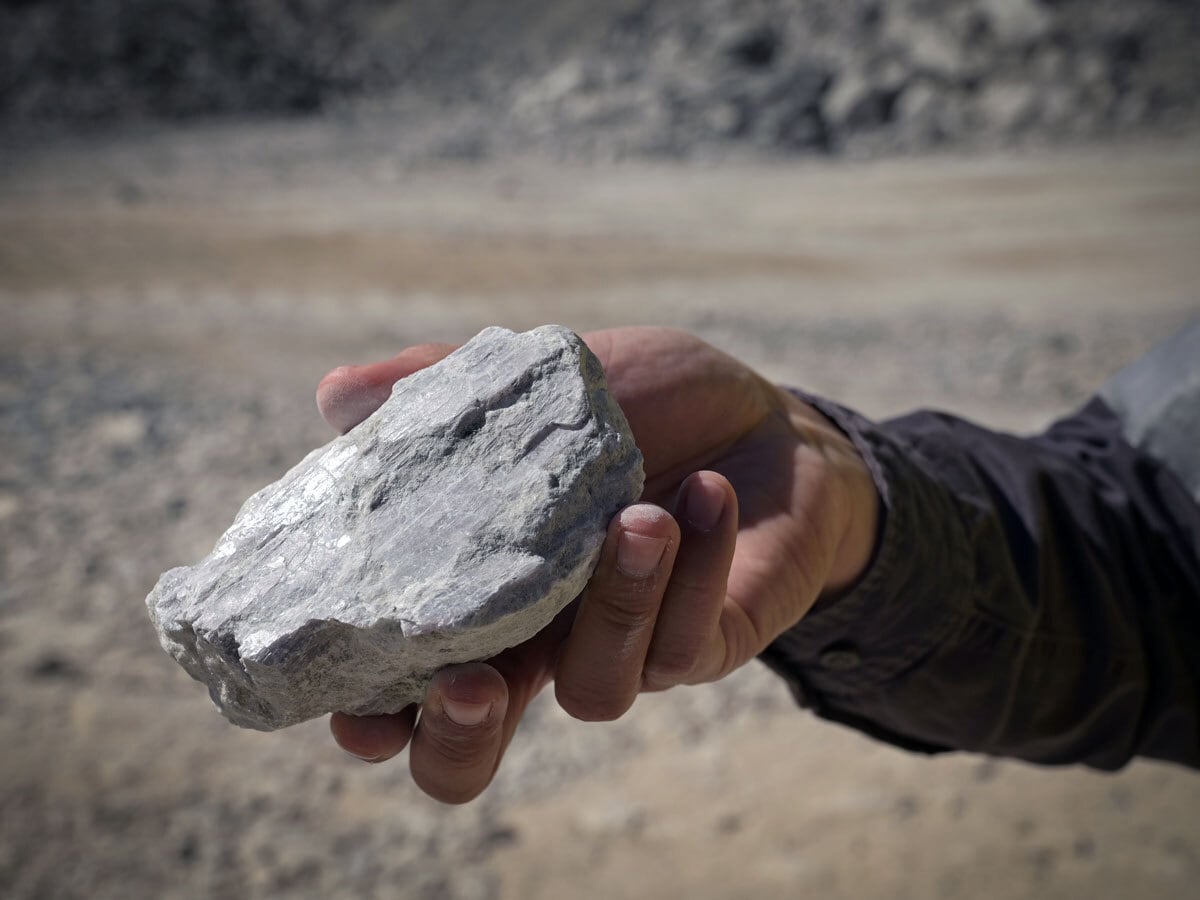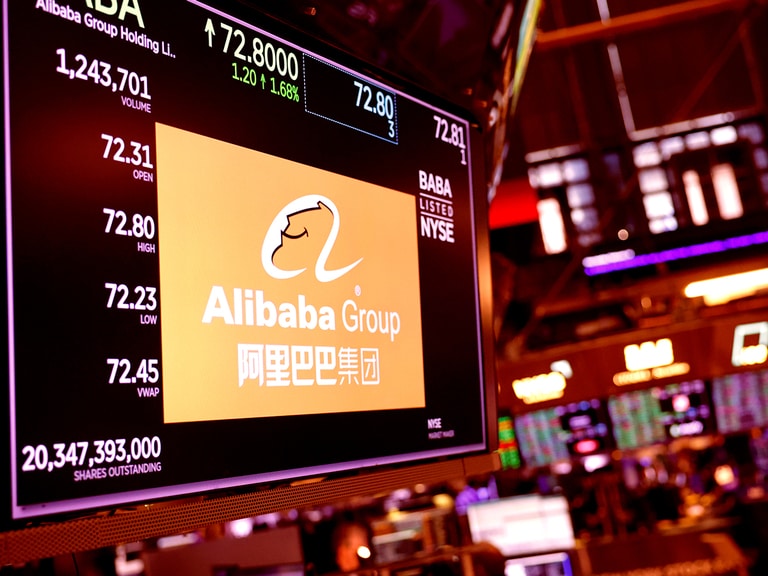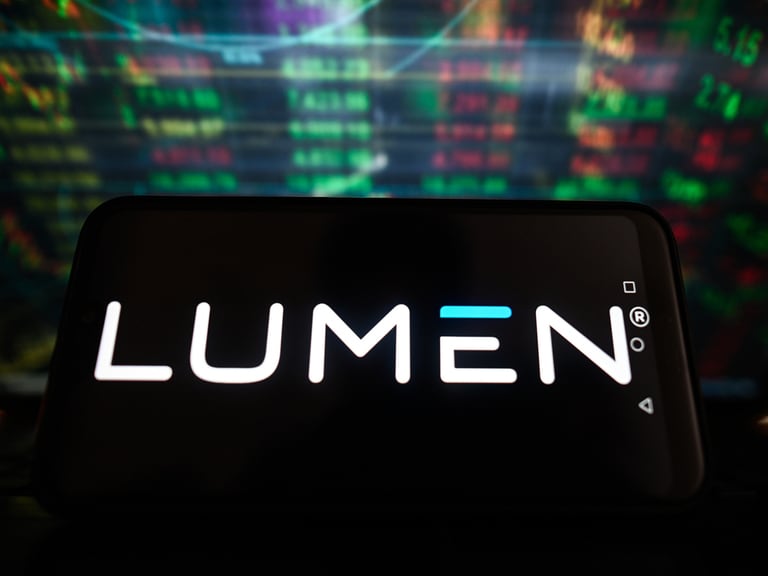Lithium stocks have been in freefall in recent months.
The problem is that inventories of ‘white gold’ are rising, while demand for electric vehicles (EVs) has been softening, leading to an oversupply in the market. This has put pressure on lithium prices.
According to analysts at Fitch Solutions’ BMI division, prices are likely to remain suppressed. Sabrin Chowdhury, Head of Commodities Analysis, said on a 27 June webinar that the firm does not expect lithium to reach its highs of 2022 and 2023 for another decade.
The firm has forecast the price of Chinese lithium carbonate will average $15,500 per tonne this year. Although this figure is expected to rise to $20,000 per tonne in 2025, this would still be well below the $72,000 at which the price peaked in 2022.
Fluctuations in lithium prices and volatility in lithium stocks are nothing new, but supply is dominated by China and has become increasingly politicised. In light of this, the lithium companies that are investing in projects outside of China, as well as moving away from purely mining and supplying lithium carbonate, are likely to be better placed to offset the present market downturn.
Given the near-term headwinds, lithium stocks are unlikely to rebound in the short term. However, here are five lithium stocks investors could consider as longer-term plays.
Download the OPTO app today to discover more ways to gain exposure to the lithium industry.
Five Lithium Stocks to Watch in July
| TICKER | COMPANY NAME | MARKET CAP | YTD (AS OF 12 JULY) | P/S RATIO |
| SQM | Sociedad Química y Minera de Chile | $12.23bn | -28.9% | 1.95 |
| PILBF | Pilbara Minerals | $6.29bn | -20.5% | 3.25 |
| PLL | Piedmont Lithium | $222.94m | -59.2% | 4.16 |
| LLLAF | Leo Lithium | $397.22m | -43.8% | N/A |
| ALB | Albemarle | 11.5bn | -32.3% | 1.37 |
Sociedad Química y Minera de Chile [SQM]
The Chilean mining giant is the world’s second-largest lithium producer.
Why invest in SQM?
SQM swung to a loss of $869.5m in Q1 from a profit of $749.9m in the year-ago quarter. “Since our sales contracts are tied to market price indices, our realised sales prices reflect the market price trends,” SQM said in a statement. Nevertheless, the company is confident buyers are returning — it expects annual global lithium supply to be up 30% from 2023’s level. In June, deals were signed to supply Hyundai [HYMTF] and Kia [KIMTF] with lithium hydroxide.
Pilbara Minerals [PILBF]
The Australian miner plans on doubling production capacity at its Western Australia project.
Why invest in PILBF?
Pilbara is considering investing A$1.2bn to ramp up production capacity at its 100%-owned Pilgangoora project in the resource-rich Pilbara region of western Australia, to 2 million tonnes per year. “The timing of the final investment decision will be considered in conjunction with prevailing market conditions and only proceed when it makes sense to do so,” the company said in a regulatory announcement last month. If the expansion goes ahead then it could potentially lead to an annual average output of 1.9 million tonnes of spodumene over the first 10 years of production.
Piedmont Lithium [PLL]
Piedmont’s US lithium hydroxide project has been given the green light.
Why invest in PLL?
The US-based miner received a permit for a lithium hydroxide project in North Carolina in April. President and CEO Keith Phillips has described the project as “one of the lowest-cost, most sustainable lithium hydroxide operations in the world” and “a critical part of the American electric vehicle supply chain”. Plunging lithium prices forced the company to lay off 27% of its workforce in February as it looks to trim annual costs by $10m. “Lithium prices have fallen sharply, and the market consensus is currently negative,” the company said in a press release at the time.
Leo Lithium [LLLAF]
Australia’s Leo has raised cash by offloading a Mali mine.
Why invest in LLLAF?
The miner sold its 40% stake in the Goulamina project in Mali to Chinese lithium giant Ganfeng [GNENF] for $342.7m in May. Following a change to Mali’s mining code, the government’s potential stake in the project could rise from 20% to 30%, which led Leo to decide that there were too many risks associated with operating in the region, and that it made economic sense to exit the project. The first spodumene is expected to be produced in Q3. Leo could potentially use the cash raised to acquire assets or develop projects on Australian soil.
Albemarle [ALB]
Albemarle has downgraded its demand forecast but remains the number-one lithium producer.
Why invest in ALB?
The world’s best-known lithium miner slashed its 2030 lithium forecast earlier this year by 10%, to 3.3 million tonnes, largely due to automakers delaying the launch of EV models. Nevertheless, this would still be more than triple the demand seen in 2023, with demand this year expected to rise 28% year-over-year. “While the pricing environment has softened for the moment, we should not lose sight of the fact that we continue to see significant long-term growth in demand for limited supply,” Albemarle Chairman, President and CEO Kent Masters said on the Q4 earnings call in February.
Download the OPTO app today to discover more lithium stocks to keep an eye on.
How to Invest in Lithium Stocks
An oversupply of lithium in the market could continue to put pressure on the commodity’s price in the near term, especially if EV demand remains soft. This means that lithium mining stocks could be a risky play right now.
Another way to invest in lithium is through thematic ETFs. There are a few different options.
First, there’s the pure-play Sprott Lithium Miners ETF [LITP], the only US-listed fund that’s focused specifically on lithium mining. It holds Albemarle, Leo, Piedmont, Pilbara and SQM.
Then there are mining funds that offer broader exposure to a range of commodities and mining projects, like the VanEck Green Metals ETF [GMET], which holds Albemarle, Pilbara and SQM, as well as companies that mine copper, gold and nickel.
Another option to consider is ETFs that offer exposure to lithium miners through the EV and battery value chain, like the Global X Lithium and Battery Tech ETF [LIT]. The fund holds Albemarle, Piedmont, Pilbara and SQM, alongside the likes of Tesla [TSLA] and fellow EV maker Lucid [LCID].
Download the OPTO app today to explore more ETFs that offer exposure to the lithium mining industry.
Conclusion
The weakness in lithium prices could persist for the rest of 2024 and — at least — into next year. The good news, of sorts, is that lithium battery prices are falling as a result and this could help decarbonisation efforts by making EVs more affordable, potentially driving up demand in the medium and long term.
For now, though, it’s important to be aware of the challenges facing lithium miners. Download the OPTO app to discover more lithium stocks and ETFs to invest in.
Disclaimer Past performance is not a reliable indicator of future results.
CMC Markets is an execution-only service provider. The material (whether or not it states any opinions) is for general information purposes only, and does not take into account your personal circumstances or objectives. Nothing in this material is (or should be considered to be) financial, investment or other advice on which reliance should be placed. No opinion given in the material constitutes a recommendation by CMC Markets or the author that any particular investment, security, transaction or investment strategy is suitable for any specific person.
The material has not been prepared in accordance with legal requirements designed to promote the independence of investment research. Although we are not specifically prevented from dealing before providing this material, we do not seek to take advantage of the material prior to its dissemination.
CMC Markets does not endorse or offer opinion on the trading strategies used by the author. Their trading strategies do not guarantee any return and CMC Markets shall not be held responsible for any loss that you may incur, either directly or indirectly, arising from any investment based on any information contained herein.
*Tax treatment depends on individual circumstances and can change or may differ in a jurisdiction other than the UK.
Continue reading for FREE
- Includes free newsletter updates, unsubscribe anytime. Privacy policy





